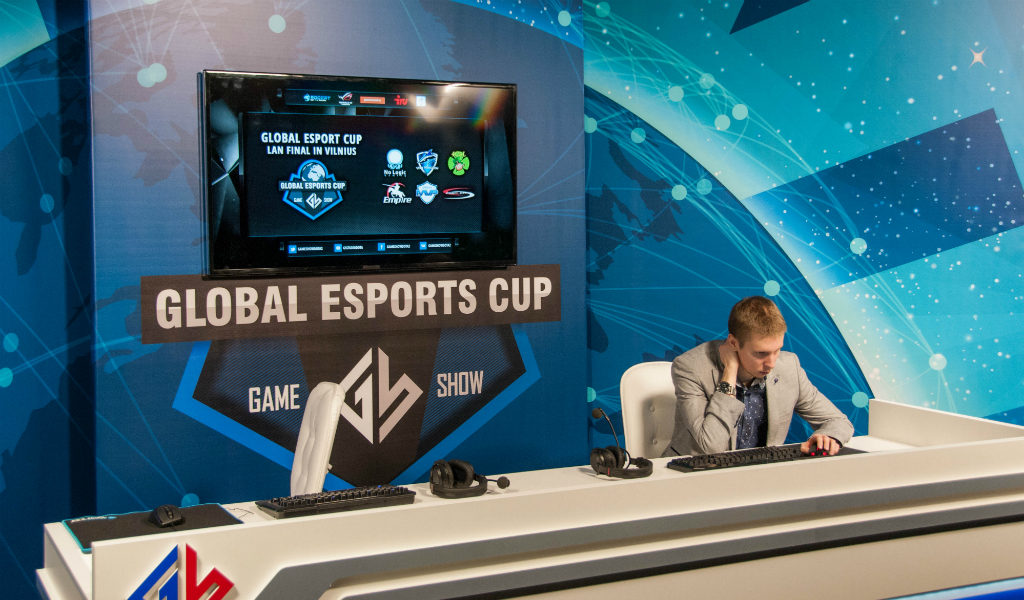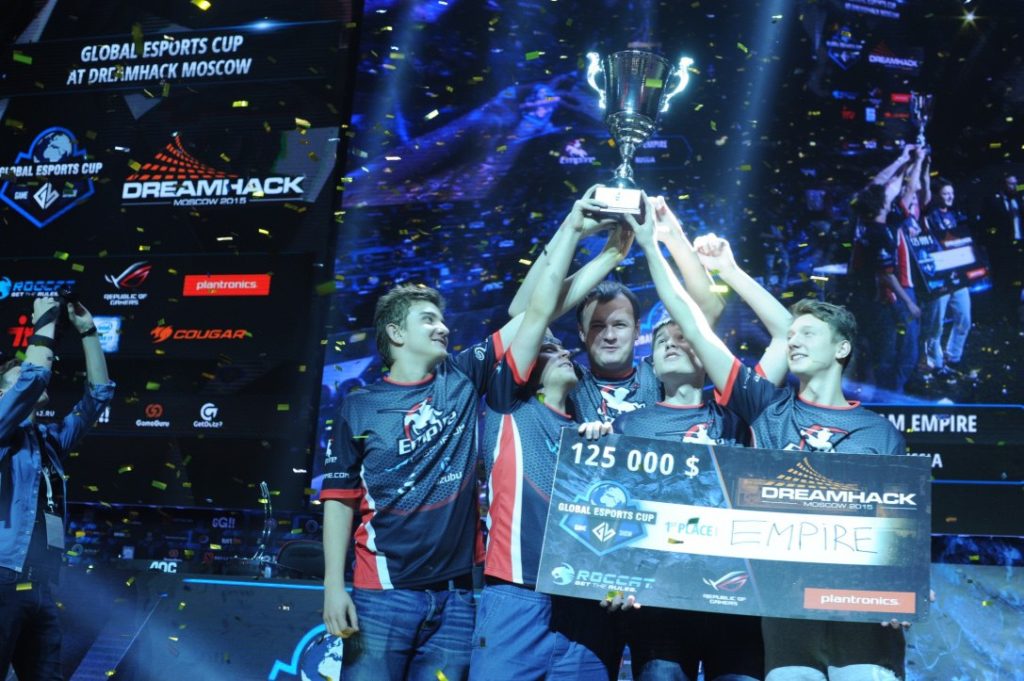For more than a year, Game Show has not held major tournaments.
In April, sources claimed that it was being closed due to numerous debts. Game Show denied it – they said they were not closing, and they were merely changing the format of the company. Esports Insider’s Phil Kornyshev has looked into the company’s history and past projects.

The official statement of Game Show mentions that the organisation “is undergoing internal restructuring processes associated with all parts of the company.” Representatives of the company have not explained what exactly is meant by this. It follows from the statement that none of the current Game Show projects will be closed – it plans to keep “the main lines of activity in the field of Esports, operation of the TV channel and the media direction of broadcasting leading Esports competitions.”
The company also promises to fulfill all debt obligations which it has accumulated over the years. The Game Show brand is interlinked with Techlabs – a series of tournaments which have been taking place in the CIS since 2010. Both projects belonged to Alexei Burdyko.
Game Show started off as a studio. It was the Game Show staff who covered the latest Techlabs Cup tournaments. In April 2014, personnel reshuffles occurred in Techlans – Alexei Burdyko ceased to be the head of the project, passing the development of tournaments to other people. They held another championship, which became the last in the history of the brand; theTechlabs Cup BY 2014 in Minsk.
Burdyko also turned the Game Show studio into a company that organises and hosts tournaments. The organisation collaborated with DreamHack and “IgroMir”. In 2015-2016 it held LAN-tournaments in Dota 2 and Hearthstone. At the end of 2015, Game Show launched a TV channel about computer games and esports. The producer of the channel was the former head of the KHL television channel Natalya Chaykovskaya.
As a tournament organiser, Game Show became notorious for scandals and delays in prize money payments. Representatives of the organisation repeatedly refused to reward the winners in time, postponed the payment terms and violated their own rules. To influence the situation, players often used the only tool at their disposal – addressing the fans in public.
Game Show was accused of delays in the payment of prizes in 2015 – at the time the main sponsor of the tournament, Logitech, took control of the situation and settled the debts. In 2016, the scandals continued. In May, a player in the PARTY team, who won the Game Show Open Season 2 in CS: GO, claimed that the organisation had been unable to pay the team 100,000 rubles for more than six months.
GSL Season 2 prize winner for Hearthstone – Dmitry “Unwi” Izhmyakov and Egor “Twist” Belkovets joined in on the accusations. Later it became known that the company also owed money to the GameplayDNA team; the GSL Baltics winner Samsung Challenge. It’s worth noting too that Game Show delayed not only the large sums. In November 2016 a Hearthstone player named Daniel “Svl” Yurt stated that he did not receive $50 that he had won in an online tournament. The organisers told him the same story regarding the nature of the delays as they did the winners of the large championships. At the time of publication, there is not information readily available as to whether these debts were settled by Game Show.

The largest esports event held by Game Show was the Dota 2 league. In September 2015, representatives of the organisation announced three seasons and a prize fund of one million dollars. However, since then, only one season has been played with the LAN Finals at DreamHack Moscow, where the teams competed for $330,000. Team Empire, which won the tournament, said that they received only a part of the sum, but the company’s representatives promised to gradually pay the remaining fee owed.
Silver finalists 4Clover & Lepricon, who won $65,000, are also still waiting for money from the Game Show, while Vega Squadron, which took third place, received its share ($35,000) in 2016.
According to sources in the industry, another asset of Game Show was the esports organisation ANOX, which had rosters in League of Legends, Hearthstone, Counter-Strike: Global Offensive and Overwatch. By October 2016, most players had left ANOX. The CS:GO roster broke up due to a reported conflict between players, and Hearthstone players left because of a four month delay in wages. Just like in the case of prize money, the organisation “fed [the players] with endless promises of payment.” At the same time, Quake 3 legends Anton “Cooller” Singhov and Alexei “Cypher” Januszewski were dismissed from the Overwatch roster, and in November the team fell apart. The League of Legends team moved to the M19 organization.
Game Show’s problems also extended beyond tournaments. The company’s channel, which broadcasts news and game streams, was shut down on February 8, 2017 for reconstruction. The official announcement in Vkontakte said that it would last a month. It has now been over three months and no new content is being produced, instead it’s showing broadcasts of old recordings. The approach of Game Show to the reconstruction of the TV channel demonstrates that without funding, the restricting of such a big organisation can take a lot of time. The history of the company shows that it really needs to change in order to survive and only time will tell whether the studio will rise to its former glory or be forgotten.
Esports Insider says: Although there is a substantial amount of debt accumulated by the company, there has always been intent by Game Show to settle the conflicts amicably, which gives indication that we may yet see a rebirth of one of the largest CIS Esports studios.
Original article in Russian: https://www.cybersport.ru/news/beskonechnyy-dedlayn-i-nevyplachennye-prizovye-chto-proiskhodit-s-game-show

